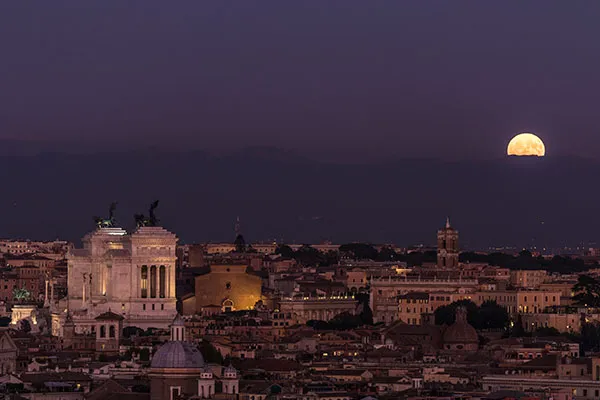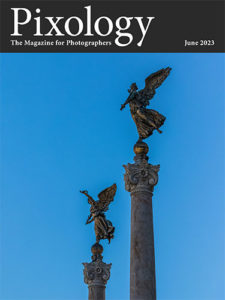Today’s Question: I have six images that I want to open as one new PSD file with six layers. The only way I know how to do that is to open all six images, pull five of them off the dock, and copy those layers onto the first one. Is there some way to open all of these images as layers in a single PSD?
Tim’s Quick Answer: Yes, you can open all the images as layers in a single document by using the “Load Files into Photoshop Layers” command in Adobe Bridge or the “Open as Layers in Photoshop” command in Lightroom Classic.
More Detail: While you can certainly drag image layers from one document to another in Photoshop to create a composite with multiple image layers, it is much easier to automate that process from either Bridge or Lightroom Classic, depending on which software you’re using.
In Adobe Bridge you can select the images you want to assemble into a composite, and then go to the menu and choose Tools > Photoshop > Load Files into Photoshop Layers”. If you’re using Lightroom Classic to manage your photos, you can select the images and then from the menu choose Photo > Edit In > Open as Layers in Photoshop.
With either command all the images will be opened into a single document, which each image being a layer in that composite. On the Layers panel each layer will be named based on the filename for the source image. You can then rearrange, resize, mask, or otherwise work with all the layers in that composite document. Save the result as either a Photoshop PSD or a TIFF image so you can preserve the layers for future modification as needed.




